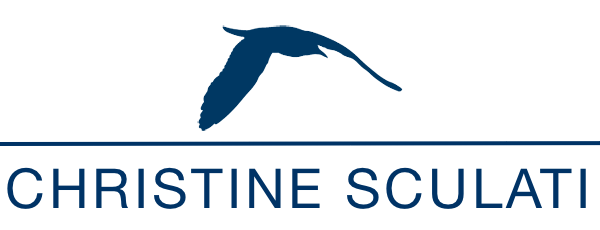Fundraising: It’s all about relationships
Last Friday I attended “Relationship Building: What We Can Learn from Alumni Groups.” Co-sponsored by Development Executives Roundtable (DER) and the Foundation Center in San Francisco, three panelists from Bay Area educational institutions talked about how they cultivated longtime donors through relationship building with program alumni. The insights they shared could apply to many nonprofits seeking to build a stronger funding base and support, especially those with alumni groups or memberships.
Moderated by Kelli Nakayama, a DER board member and grants manager for Children’s Hospital and Research Center Foundation, the panelists represented a diversity of Bay Area organizations:
- Sue Merrill, Annual Giving Manager, University of California San Francisco (UCSF) – a large public educational and research institution
- June Thompson, Executive Director of California Association of Student Councils (CASC) – a student-led nonprofit for youth leadership training with a staff of two
- Patricia Cavagnaro, Director of Development, Immaculate Conception Academy – a 126-year old Catholic high school for girls in the Mission District of San Francisco
10 Tips for Building Relationships
- Give program alumni, members and other supporters (volunteers, donors) multiple ways to get together because they will want to meet each other and see each other.
- Send a regular e-newsletter and ask your constituents what articles they want.
- Tell potential donors where their dollars will go. What will their contributions support? Be specific.
- Ask beneficiaries of your programs or services to write thank you letters to donors, telling them how their support made a difference in their lives
- Give beneficiaries multiple ways to “give back.” If you maintain relationships with beneficiaries, such as program alumni, oftentimes they will want to give back in the future.
- Acknowledge donors to thank them for their generosity. Donor walls are a great way to do that. You can also think of creative ways to build and expand the wall over time (Immaculate Conception Academy came up with an innovative and creative solution).
- Explore social media as part of your communications strategy, especially if you are building connections among supporters.
- Manage donor/volunteer/alumni information effectively with constituent databases (Idealware article).
- Use tools to capture best practices and manage institutional knowledge, especially if your organization relies on a large number of volunteers, peer-to-peer training or high turnover. CASC set up a wiki to support their elaborate transition process for volunteers. For help with wikis, Idealware published a how-to article called “Using Wikis for Internal Documentation.”
- Thank and acknowledge. Thank and acknowledge.

